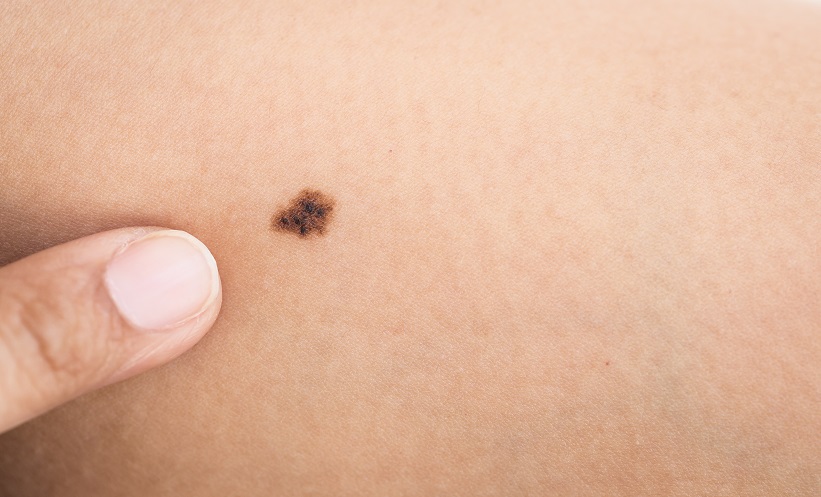THE COVID-19 pandemic imposed considerable strain on global healthcare systems, forcing many services to redirect resources towards emergency response. As routine medical care was postponed, including dermatological assessments, concerns arose over the timely diagnosis of malignant melanoma. A recent systematic review and meta-analysis sought to quantify the pandemic’s impact on melanoma diagnosis patterns, with a key finding showing a 19% decrease in new melanoma cases during the COVID era.
Researchers conducted a comprehensive systematic review and meta-analysis in line with PRISMA guidelines. They searched four major databases, PubMed, Scopus, Web of Science, and Embase, for observational studies comparing melanoma outcomes before and after March 2020. Data extraction and quality assessment were performed independently by two reviewers. Outcomes of interest included diagnostic volume, Breslow thickness, ulceration, patient age, and histological subtype. Pooled analyses were conducted using random- or fixed-effects models, and sensitivity analyses included only high-quality studies rated ≥7 on the Newcastle-Ottawa Scale.
Data from 62 studies, encompassing over 85,000 melanoma cases, revealed several consistent trends. Diagnoses dropped by 19% during the pandemic period (relative risk [RR]: 0.81; 95% CI: 0.75–0.86). Patients were slightly older at diagnosis, with a mean age increase of 0.86 years (95% CI: 0.58–1.14). Tumours were more biologically aggressive: mean Breslow thickness increased by 0.24 mm (95% CI: 0.02–0.47), ulceration was more frequent (odds ratio [OR]: 1.29; 95% CI: 1.15–1.44), and the proportion of nodular melanoma, a fast-growing subtype, rose significantly (OR: 1.34; 95% CI: 1.08–1.67). These findings remained robust in sensitivity analyses limited to high-quality studies.
The results suggest that delays in skin cancer diagnosis during the pandemic led to patients presenting with more advanced disease. This has important implications for clinical practice, particularly in preparing for future disruptions. Building more resilient dermatology services, expanding access to triaged teledermatology, and ensuring continuity of urgent skin assessments should be key priorities. However, limitations include variability in regional healthcare responses and high heterogeneity in some outcomes, which may affect the generalisability of the findings. Nonetheless, the evidence highlights a pressing need for more adaptable skin cancer pathways in times of crisis.
Reference
Mostafavi Zadeh AM et al. The impact of the COVID-19 pandemic on melanoma diagnosis: a systematic review and meta-analysis of global evidence. BMC Public Health. 2025;25(1):2684.







